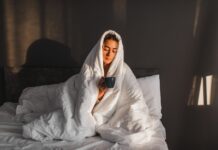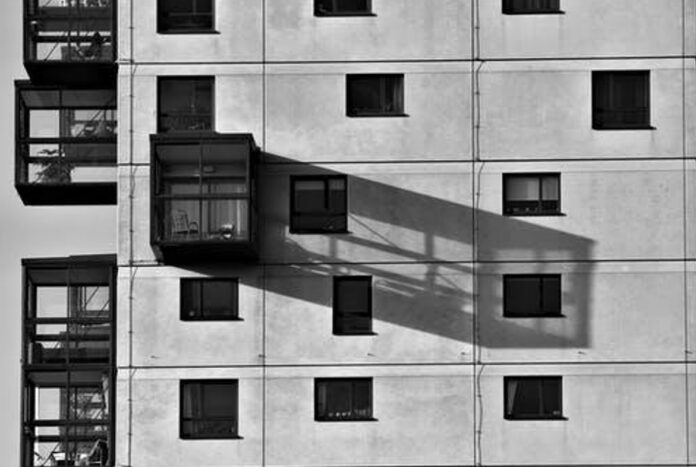
What can be simpler than adding a shadow layer to photos? They serve as perfect tools to work with contrast, texture, and balance on a new level. Besides, it is not as complicated to try for newcomers in the field.
Underestimating the option’s potential is highly unrecommended. People have accustomed to bright and colorful images, but dark sides may easily turn out to be more powerful and informative, leaving end viewers speechless. Knowing essential nuances about shadow photography levels up your professionalism significantly.
Silhouettes vs. Shadows
Let’s start with an eternal confusion in photography at once. Although these directions have a lot of mutual concepts and elements, their visual patterns are absolutely different. The technology of shadowing uses different focus accents. In silhouette photography, masters apply darker objects on lighter backgrounds.
In the opposite field, the effect is created with the help of contacts between shadows and light sources, but it can easily be a lighter pattern on a completely black background. This method doesn’t have to be a leading one — accentuating details may be subtle yet eye-catching.
Shadow Photography Ideas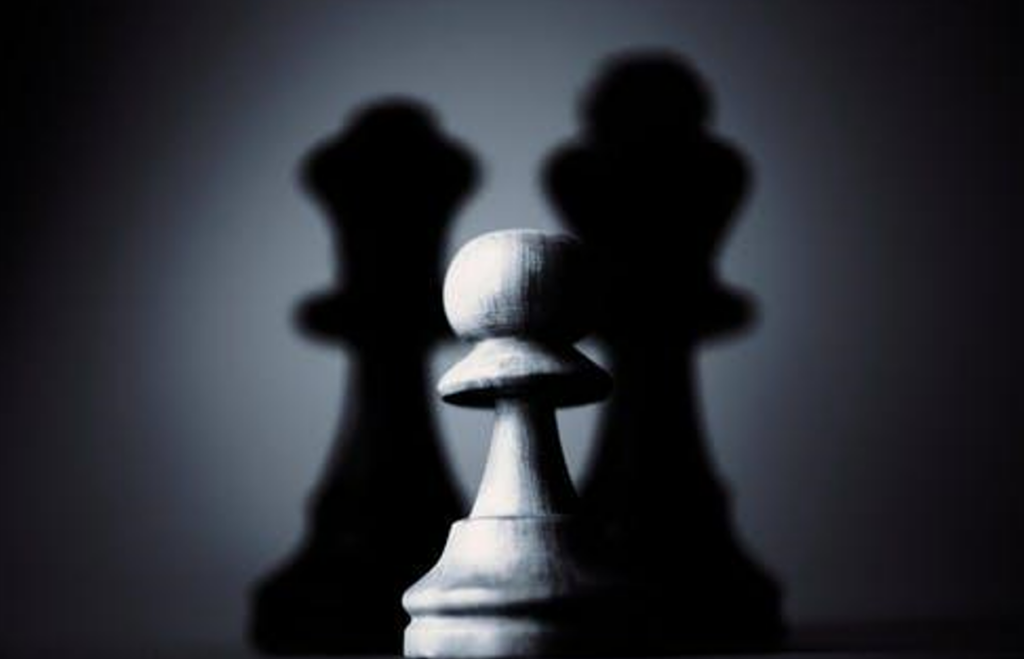
Searching for new sources of inspiration is a never-ending challenge for photographers. Beginners are welcome to apply other people’s creations as orientations, figuring out where and what to start with. The more you observe, the more fulfilled your pack with shadow-and-light layout samples becomes. Here are some solutions to consider:
- Include both the main object and its shadow in the image. This approach creates an unusual visual pattern, adding a new shape to traditional forms and formats.
- Don’t omit the background balance. Get rid of unnecessary objects that distract viewers’ attention from the main scene. Usually, shadow-intense artwork isn’t overcrowded with elements and patterns. The cleaner the result, the more efficient the effect.
Keep It Balanced
Too much isn’t good, too. If you see the original shadowing hasn’t brought the desired effect, feel free to manipulate it. Thanks to image brightener features, enthusiasts take a new look at their creation and adjust its white and black ratio to a qualitatively new level. Retouching tools like retouchme.com empower photographers, but their knowledge base should be constantly enhanced by new files and information. Let’s be more precise:
- Shadow photography is playing with contrasts. From this perspective, customers usually consider minimalistic white-and-black layouts are functional only. Shadows can be more colorful — just apply translucent or transparent objects to create such an effect.
- Patterns are to be implemented in photographers’ layouts. With their help, interested parties make their images eye-catching. It is an interesting experience to track the shadow path and see its play with lights. One of the most trendy and exciting shooting ideas to realize on your own is the effect of stained-glass windows.
Why does a photographer need shadows?
Sometimes shadows serve as a powerful photographic element for an entire photograph. Shadows are mysterious and can give a true sense of what the photographer wanted to convey.
Sometimes silhouette photography is confused with shadow photography. They are similar, but do not mean the same thing. In shadow photography, the shadow is the main subject or contributes to the effect of the shot. The photographer’s attention must be focused on how the shadows are placed, and even more on how to “produce the photograph” in order to most accurately express the intention.
And since shadows can’t go where there is too little or too much light, you have to focus on the play of light and shadow, which creates a strong contrast effect. It is through this subtle play that you can get the shadows you want in your images. Whether it’s good or bad is up to you. Try it and see for yourself!
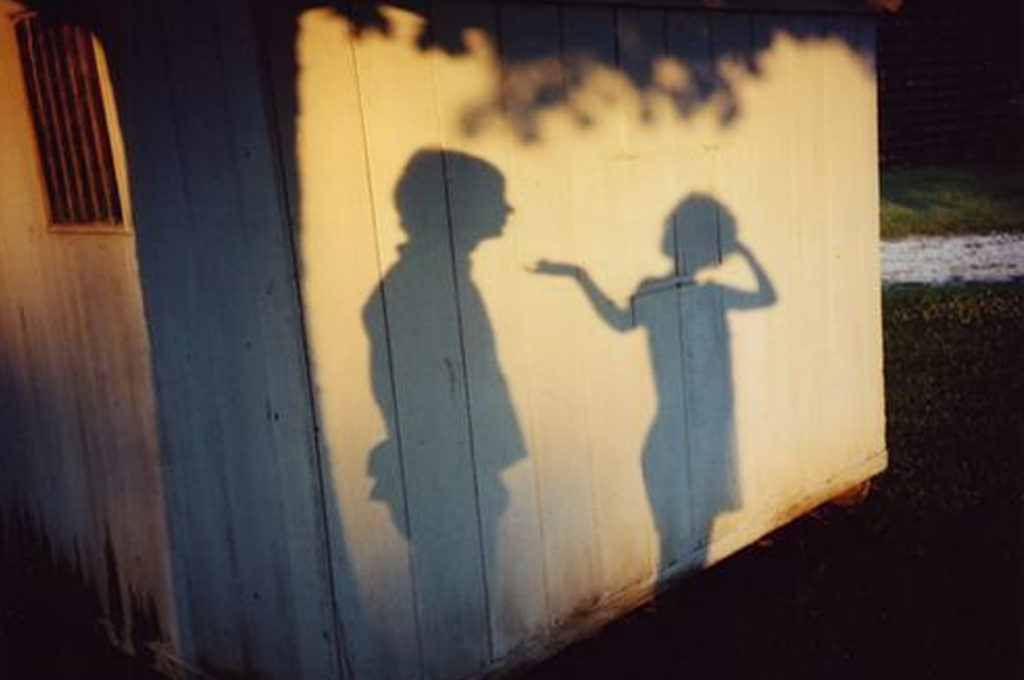
- The shadows reflected on the wall can be mysterious and make the viewer wonder what is really going on.
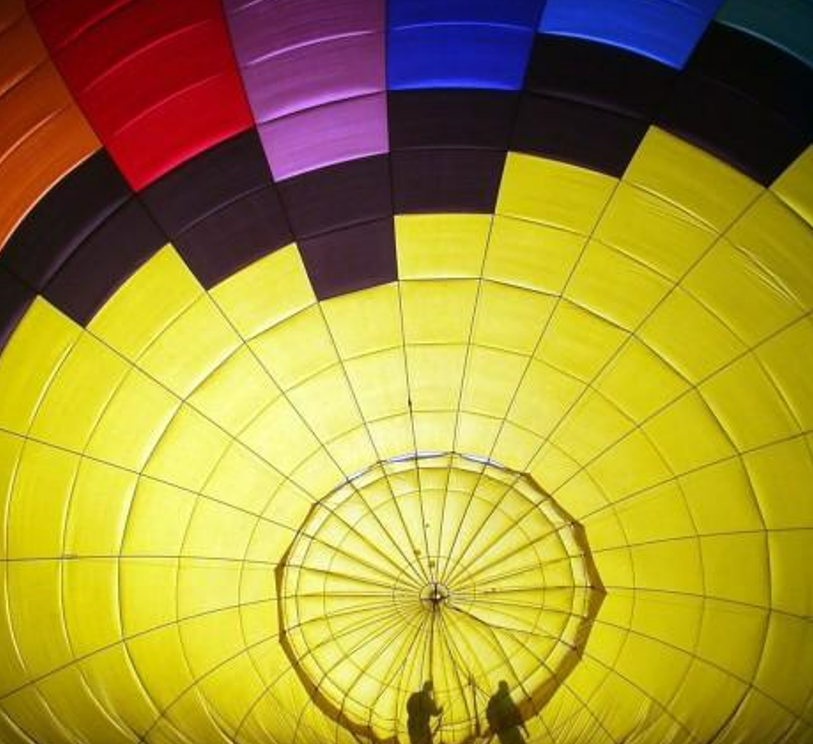
- Reflections of silhouettes of people seen through cloth can be interesting. For example, through the fabric of a balloon, isn’t that unusual?

- With strong sidelight, you can get clear shadows of trees on a smooth surface.
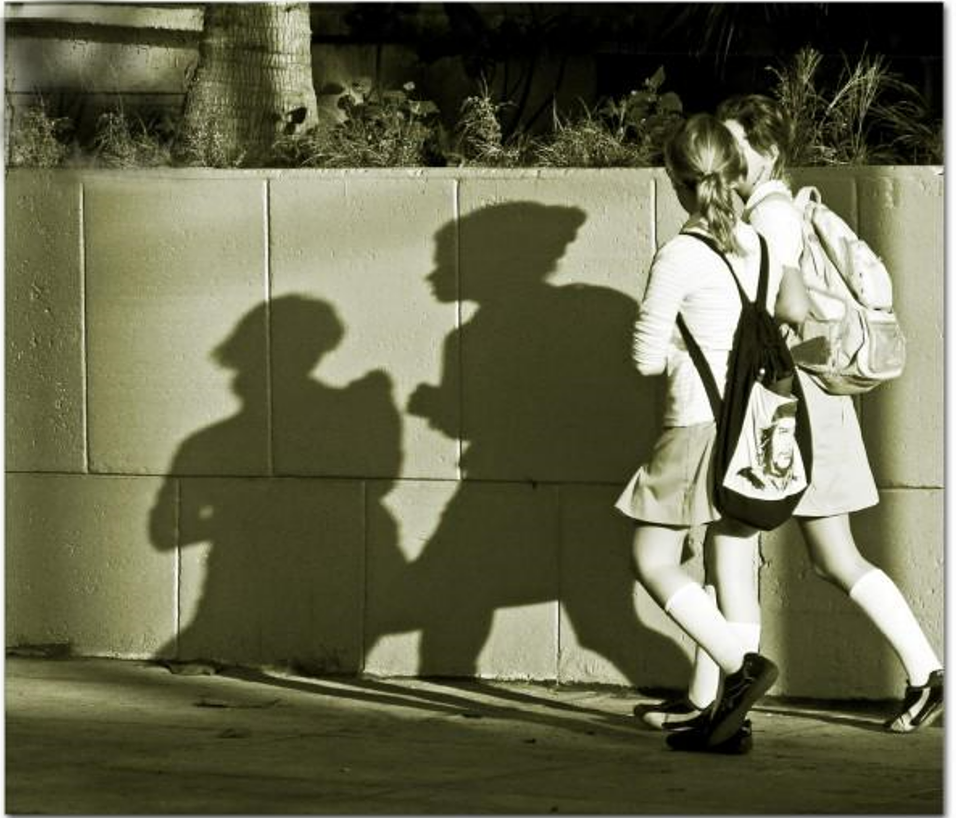
- Note that sometimes the shadows don’t follow the subject, but rather lead him away.

- Good architects consider how light interacts with their design. The photographer can capture this component in his or her lens.
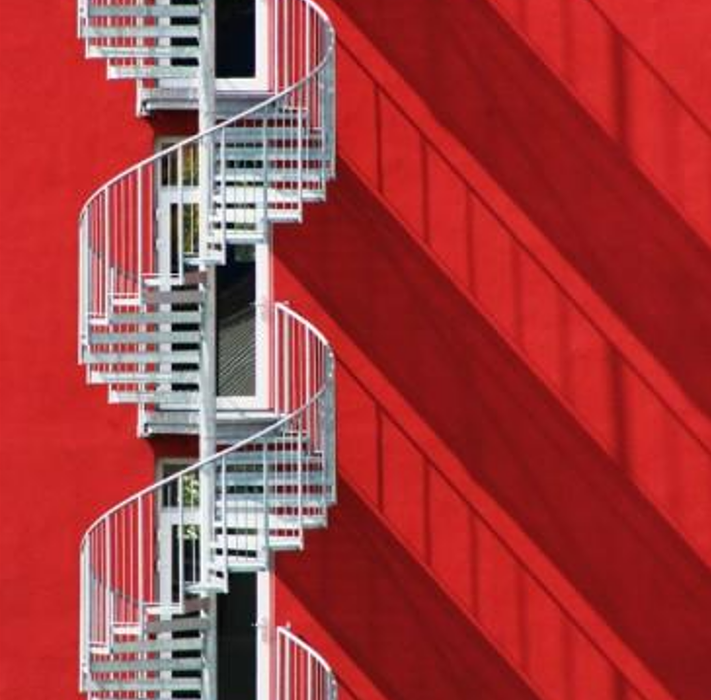
- Remember – sometimes spiral staircases have straight shadows! And know – it’s always interesting to look at.
Shadows can either unobtrusively add a certain atmosphere to a photograph or become a major component of the shot. Each time you press the shutter, you should consider the position and nature of the shadows along with the entire composition of the frame. They should not argue with the subject. The worst mistake you can make when working with shadows is to get the photographer’s shadow in the frame.
The word “photography” translates from the Greek as “light recording,” and probably everyone knows that. A photographer’s success largely depends on how effectively he or she knows how to work with light and shadow. I am talking not only about studio light, but also about light in general – from the sun, from a window, from a light bulb, from a flash, in short, about everything that can be used in artistic and domestic photography.
The Final Verdict
If you need to change the mood or function of an image, the right balance between light and shadow always comes in handy. With this feature alone, novice photographers can save on additional equipment and create decent content with a photographer’s standard kit. For those who want to become more adept at shadow photography, the best recommendation is to practice and observe your surroundings – that’s where there are many sources of inspiration.
Working with light in photography is a complex section of photographic art. By learning the technical nuances and experimenting with external and built-in light sources, as well as using diffusers, filters and other accessories, you can get very interesting shots. After all, using shadows is a brilliant way to create striking photographs. Shadows are omnipresent, they are everywhere, and there is no limit to how they can be used.

